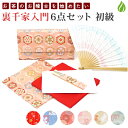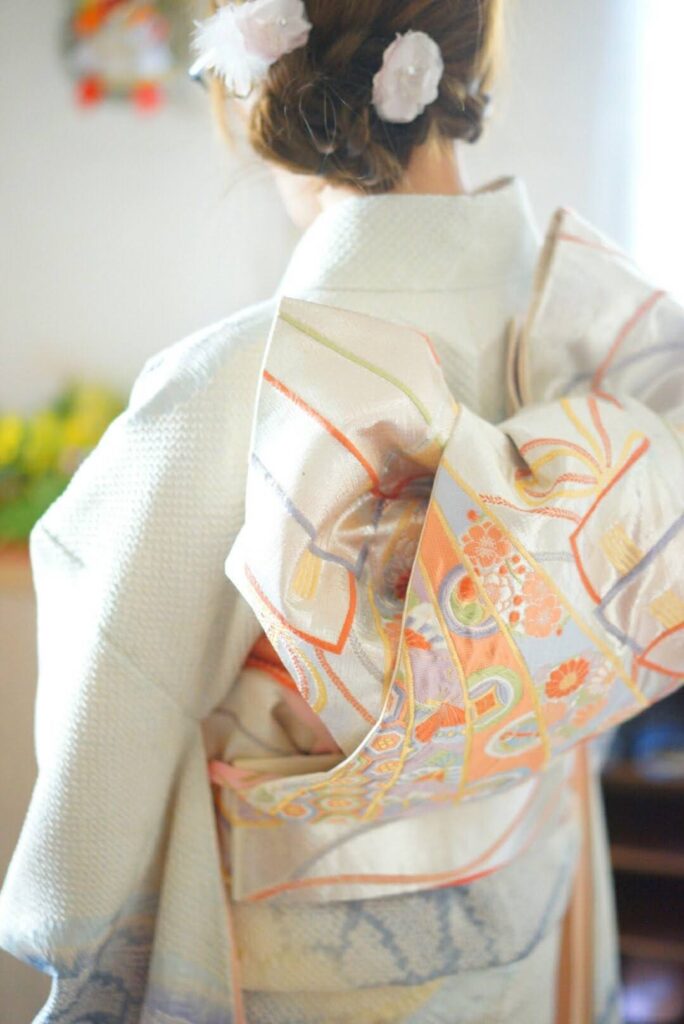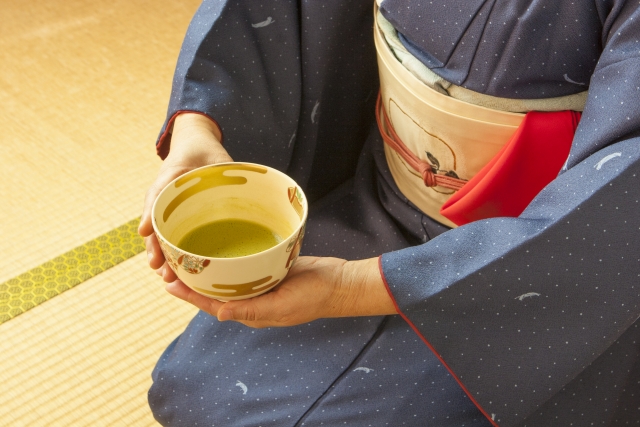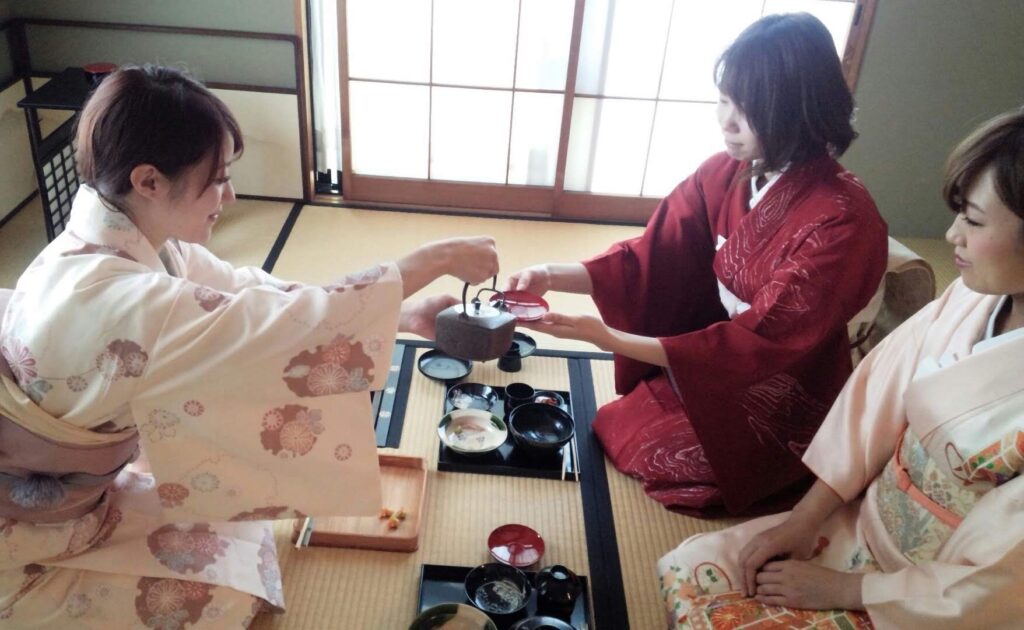The tools required for the tea ceremony range from basic to authentic. For beginners, we recommend that you start with the following basic items:
-
- A folding fan
- Necessity when sitting on the floor
- Used on tatami mats
- Choose a simple white or plain color
- Kaishi (paper used to wipe one’s mouth)
- Used for taking sweets and wiping the mouth
- Bring several sheets in a set
- Use clean white paper.
- Fukusa
- Used to wipe tea utensils and bowls
- Pure silk is recommended.
- Beginners should choose a dark, plain color.
- Folding fan holder
- Holds folding fans and tea utensils.
- Choose a plain or subdued pattern that can be easily matched with kimono
- White tabi socks or white socks
- Essential item for practice
- Cleanliness is important
It is not necessary to have all the tools at first. Many classes lend out basic tools, so we recommend that you consult with your teacher first. Once you become familiar with the technique, you can gradually acquire tools according to your preferences and needs.
Another option is to use a set of tea utensils that are recently available for beginners. However, before purchasing, it is important to confirm that they are appropriate for the class or school to which you belong.
Tools are an important partner in deepening your study of the tea ceremony. Please expand your own world of tea ceremony by understanding the meaning and use of each tool.
1.Hukusa(small silk wrapper)
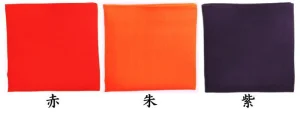
This cloth is used to purify the tea utensils and chashaku.
For men, all schools use purple fukusa. For women, red is used for Urasenke, and vermilion (orange) for other schools.
There are some fukusas with cute embroidery, but they can only be used in a limited number of places, so first buy a plain orthodox one made of pure silk.
2.Sensu(folding fan)
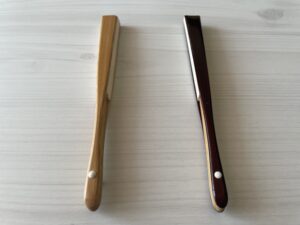
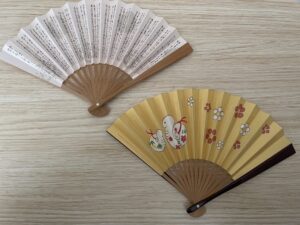
Note that unlike a fan used for elevating in hot weather, a fan for the tea ceremony is small in size.
In the tea ceremony, a fan is basically kept closed and used for greeting people.
However, when you open it, you can change the design to your liking, or change it for each season, which will make you feel better.
I use different fans for summer and winter.
3.Kaishi(Paper to put sweets on)
This paper is used for placing sweets and wiping dirt. Kaigami for men are larger in size.
Kaigami is not only used for tea ceremonies, but also for wiping up spills and mouthfuls at the table during meals, and for keeping bills from being exposed when handing over gratuities.
4.Kshikiri Youji(toothpick)
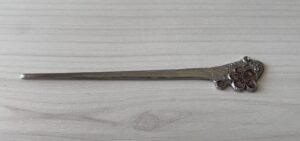
It is used for cutting things that cannot be eaten in one bite, such as fish paste, or for receiving sweets.
Prepare stainless steel ones.
You can buy them with a cute case, so it is a good idea to buy one with a case.
5.Kobukusa
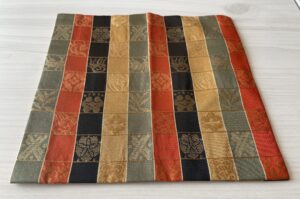
It is used under tea utensils to prevent them from directly touching tatami mats or the floor, and for carrying and serving tea.
There are a variety of patterns to choose from, so please find one to your liking.
6.Kaishiire(paper holder)

These bags are used to hold the tools we have introduced so far.
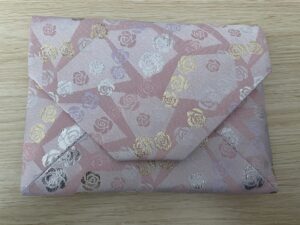
This is a large size container that can hold an old silk crepe without folding.
If you want to keep it for a long time, we recommend you to use the larger size.
7.Tabi(with split toe)
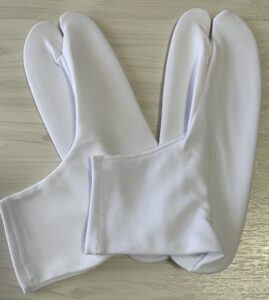
When entering a tea ceremony room, it is always good manners to change into tabi socks or white socks.
Some people may not know how to wear tabi socks, so regular white socks are fine, but you can also buy sock-type tabi socks like the ones pictured above.
We recommend that you wear less revealing clothes and a long skirt on the day.
I hope this has been helpful.
We hope it will be a kick-start for you to go to a tea ceremony class♪


